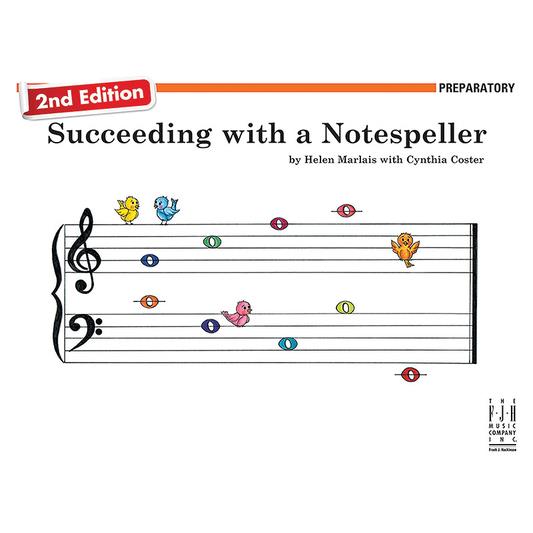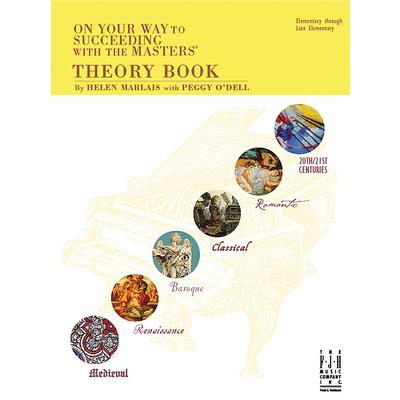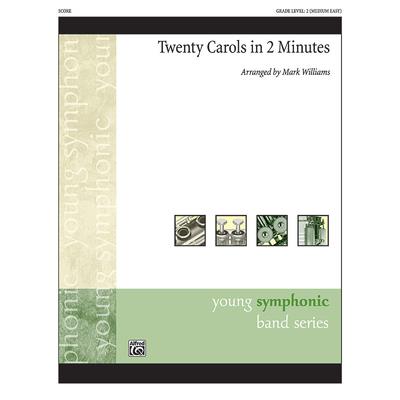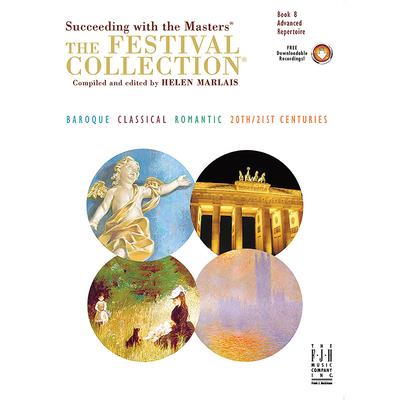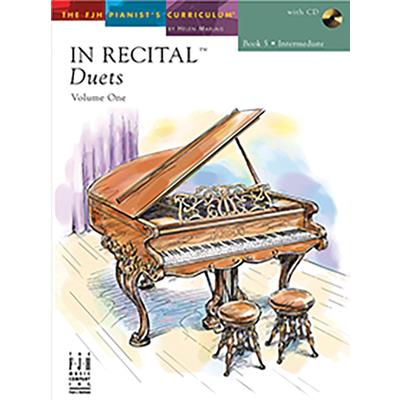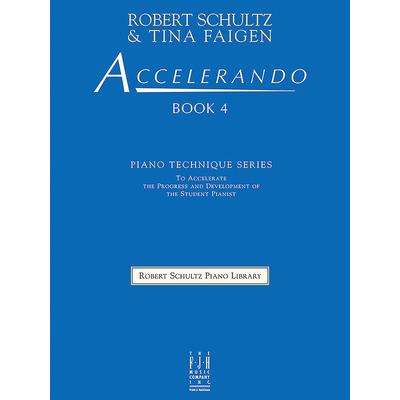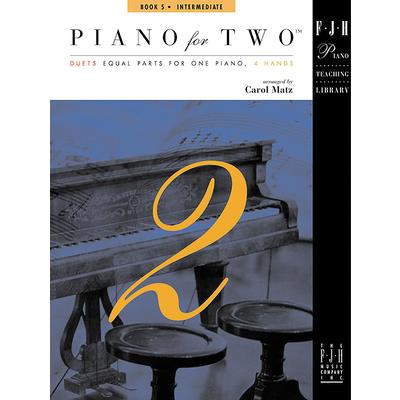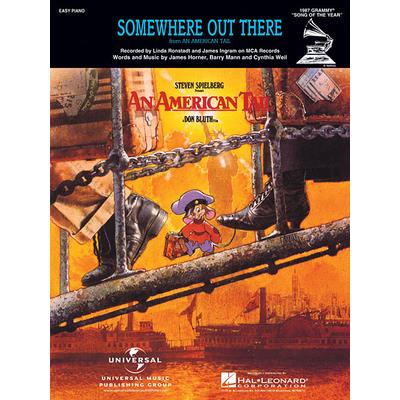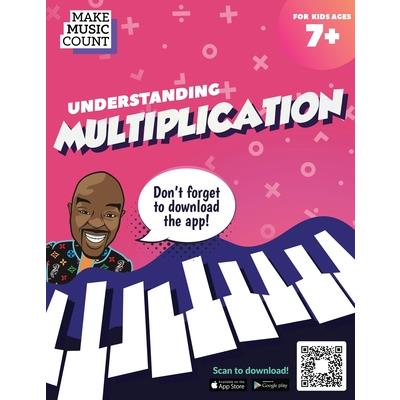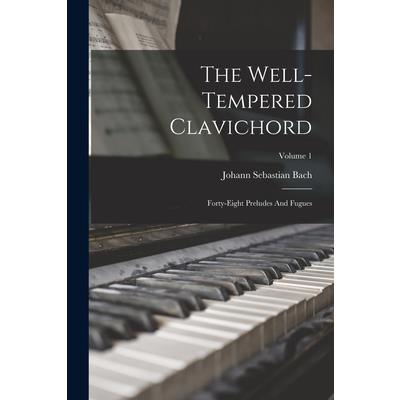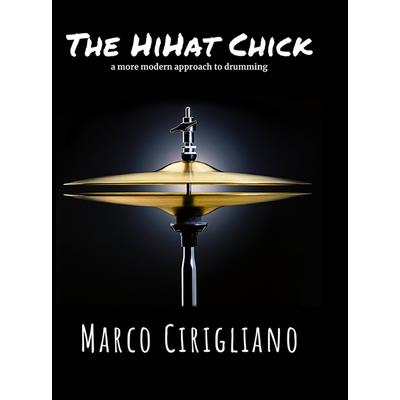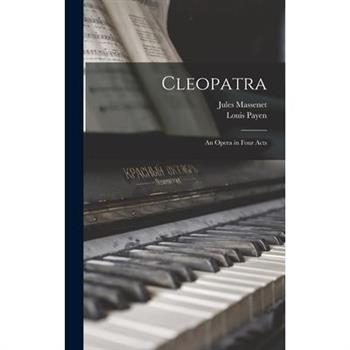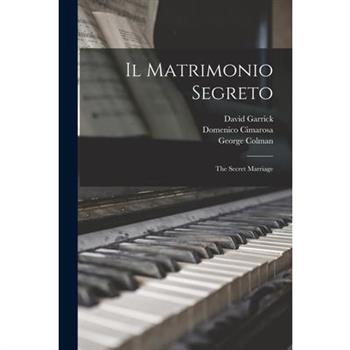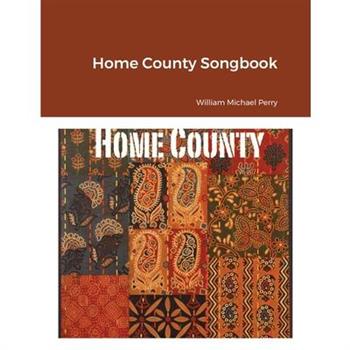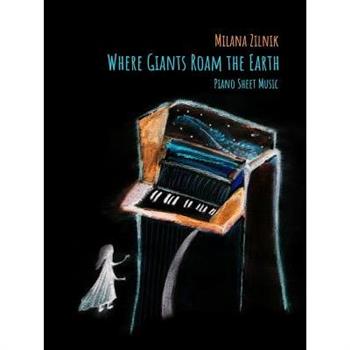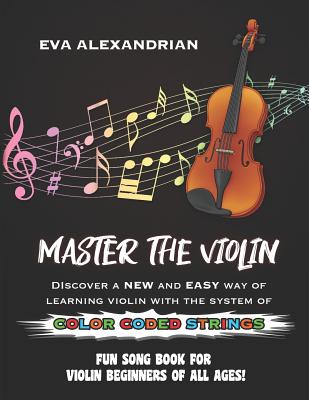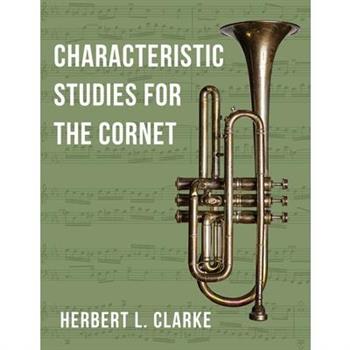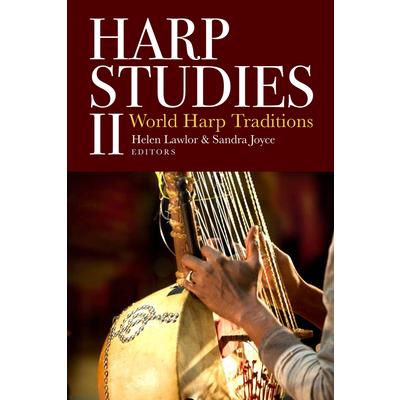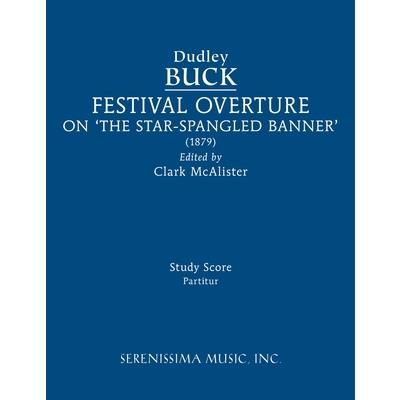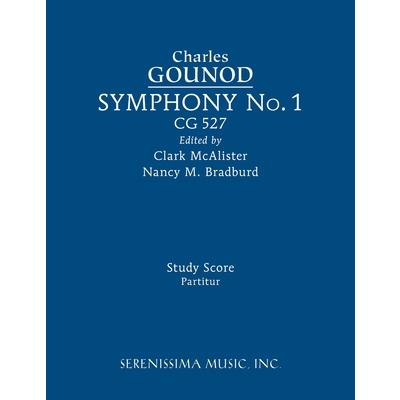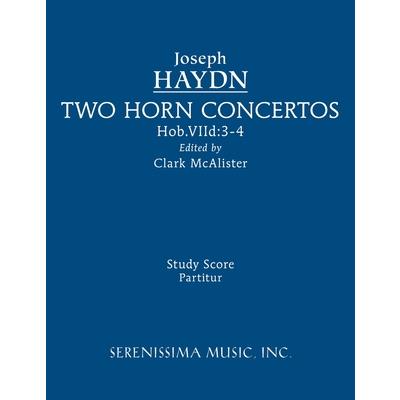Succeeding with a Notespeller (2nd Edition)
Succeeding with a Notespeller provides a terrific way to reinforce all the notes and intervals (Bass C---Treble G, steps and skips) presented in Succeeding at the Piano(R), Preparatory Level. Students are motivated by colorful activities that are cheerful and fun! Can be a useful supplement to any piano method.
On Your Way to Succeeding with the Masters, Theory Book
On Your Way to Succeeding with the Masters(R) Theory Book correlates with the repertoire collection, On Your Way to Succeeding with the Masters(R). Each piece in the Theory Book spotlights" a particular concept from the repertoire collection such as: whole and half steps; five-finger patterns; tonic and dominant, among others. In addition, composition and improvisation activities are found throughout the book. Since each piece spotlights a different concept, students may start anywhere in the book and study the desired pieces in any order. Includes a Glossary of Musical Terms for students to reference."
Twenty Carols in 2 Minutes
Yes, you heard it right! That's twenty carols in just two minutes! This showstopping arrangement will have your audience (and students) playing name that tune" as excerpts from twenty familiar carols are presented sequentially, and sometimes even simultaneously. A perfect selection for your next holiday program."
The Festival Collection, Book 8
The repertoire in The Festival Collection(R) Book 8 was selected for its superior artistic and pedagogical merit. The wide selection encompasses the finest pieces from the Baroque to Contemporary eras that meet the musical and technical needs of the advancing pianist. Based on Urtext sources and original manuscripts, these compositions are ideal for recitals, festivals, competitions, and auditions. The great variety of fabulous repertoire will help make selections easier and your student's performance successful. Included are full performance recordings by Helen Marlais, Chiu-Ling Lin, and Frances Renzi. About the Pieces and Composers contains interesting program notes and background info about the composers.
In Recital(r) with Christmas Favorites, Book 2
Book Two of In Recital(R) with Christmas Favorites covers C major, G major, F major, D minor, and G minor keys-using accidentals instead of key signatures. Students will concentrate on playing tied notes, legato and staccato articulations, accents, upbeats, a few chords, blocked intervals, and five-finger hand positions. Enjoy some of your favorite carols including Jolly Old Saint Nicholas, Over the River and Through the Woods; Sing We Now of Christmas, Go, Tell It On the Mountain; and more.
In Recital(r) Duets, Vol 1 Bk 5
Book 5 offers students an introduction to syncopation, Ragtime, Latin rhythms, more compound meters, and more complex sixteenth-note patterns. This book will surely showcase your duet performers! Features arrangements of Clair de Lune; Schubert's Serenade; Maple Leaf Rag and more, plus originals.
Accelerando, Book 4
The Accelerando Series provides a wealth of highly-motivating studies, expertly crafted to support all areas of standard piano technique. Designed for both children and adults, the Accelerando books guide the student's progress from their first lesson to the advanced level. Each book presents clear-cut goals that pave the way for accelerated progress at every age and level. All subjects and elements studied throughout the Accelerando Series are developed with ample, creative reinforcement that ensures successful results with both immediate and long-term benefits. Primary Subjects: 5 subject areas presented in stable position & travel studies: expanding the hand position, triplets, arpeggio figures, chromatic figures, and introduction to dotted rhythm. New Elements: triplets, 6ths & 7ths, stable accompaniments, shifting thumb, transpositions using expanded 5-finger positions. Also includes: relative major/minor transposition chart, master the metronome," staff paper."
Piano for Two, Book 5
Contents include: Theme from Symphony No. 40 (Mozart); Pachelbel's Canon in D; Maple Leaf Rag; Waterfall; Waltz of the Flowers (from the Nutcracker); America (My Country, 'Tis of Thee).
Make Music Count
Make Music Count is a patented math curriculum taught through playing popular songs on the piano. In these lessons students will solve math equations focusing on multiplication and order of operations where the answers are piano notes to immediately play their favorite songs on the piano.
The Well-tempered Clavichord
This work has been selected by scholars as being culturally important, and is part of the knowledge base of civilization as we know it.This work is in the "public domain in the United States of America, and possibly other nations. Within the United States, you may freely copy and distribute this work, as no entity (individual or corporate) has a copyright on the body of the work.Scholars believe, and we concur, that this work is important enough to be preserved, reproduced, and made generally available to the public. We appreciate your support of the preservation process, and thank you for being an important part of keeping this knowledge alive and relevant.
A Cello Christmas
Jazz and rock settings, some tenor clef. Advaned intermediate level. Contents: Jingle Bells, Jolly Old St. Nick, Up on the Housetop, and Silent Night.
The HiHat Chick
What's so important about incorporating the hi hat chick into your playing? Why should you explore it? Well, if you want to take your playing to the next level, and if you want to sound more modern, then you need to start using your hi hat foot more musically. I noticed that something was missing in my playing when I would hear myself back in recordings. I would listen to recordings of myself, and then listen to recordings of my inspirations, and hear that my playing was lacking something. And then one day, it hit me. It was my left foot. It was just sitting idle. The only time I really ever used it was sometimes to keep a steady quarter or 8th note pulse, or maybe a latin ostinato, but I never truly developed the independence/freedom to comfortably phrase with it like I could phrase with my right foot on the kick drum. That's how you can easily distinguish an intermediate drummer who is good, from an advanced drummer who is great. So, I decided to dive into exploring grooves and phrases incorporating the hi hat chick, not the typical way I was used to (a steady pulse), but exploring how to be more free with it... using it as a ghost note, a pickup note, or just another voice freely placed in a phrase. The goal is to become so comfortable with your hi hat foot, that it serves as a whole other voice that you can speak with, just like you can with your kick drum foot and hands. This is a collection of grooves and phrases that I've come up with on my journey incorporating the hi hat chick thus far. - Marco Cirigliano (from the Preface)
John Dowland
'Lachrim疆 or Seaven Teares. Figured in Seaven Passionate Pavans, with divers other Pavans, Galiards, and Almands, set forth for the Lute, Viols or Violons, in five parts'. A new edition for the 400th anniversary of the 1604 publication. Introduction, Critical Commentary and scores. Performing parts available direct from the publishers.
Francesco Molino
Who would have thought you could play classical music on a ukulele? But you can! Here are 12 Waltzes and 5 Rondo for the guitar composed by Francesco Molino. These compositions were transcribed for baritone ukulele but, using the tablature, most are also playable on the soprano and tenor ukulele and, of course, for the guitar. Have fun!
The Wall of Shadows (Violin and Piano Version)
This powerful music will move your audiences and be loved by your performers. Includes full score and all parts. Also available for various other instrument combinations. Visit AndrewDickenson.com for links, audio, and more. Facebook, Instagram, and YouTube: AndrewDickensonMusic
The Wall of Shadows (String Quartet Version)
This powerful music will move your audiences and be loved by your performers. Includes full score and all parts. Also available for various other instrument combinations. Visit AndrewDickenson.com for links, audio, and more. Facebook, Instagram, and YouTube: AndrewDickensonMusic
Francesco Molino
Who would have thought you could play classical music on a ukulele? But you can! Here are three sonatas and six themes with variations for the guitar composed by Francesco Molino. These compositions were transcribed for baritone ukulele but, using the tablature, most are also playable on the soprano and tenor ukulele and, of course, for the guitar. Have fun!
Iconic Guitars 2023 Calendar
Are you a guitarist or a music fan? If the answer is yes, this is the 2023 calendar for you. "Iconic Guitars" is a collection of artistic renderings of some of the most famous axes in the world (one for each month). But let's not forget about the calendar part. The months from January to December are filled with all the dates and years of famous guitarists' birthdays as well. This 2023 calendar makes a great gift for that special shredder.
Il Matrimonio Segreto
This work has been selected by scholars as being culturally important, and is part of the knowledge base of civilization as we know it.This work is in the "public domain in the United States of America, and possibly other nations. Within the United States, you may freely copy and distribute this work, as no entity (individual or corporate) has a copyright on the body of the work.Scholars believe, and we concur, that this work is important enough to be preserved, reproduced, and made generally available to the public. We appreciate your support of the preservation process, and thank you for being an important part of keeping this knowledge alive and relevant.
Home County Songbook
All nine songs and one instrumental accurately scored for guitar/piano/vocal
Cleopatra
This work has been selected by scholars as being culturally important, and is part of the knowledge base of civilization as we know it.This work is in the "public domain in the United States of America, and possibly other nations. Within the United States, you may freely copy and distribute this work, as no entity (individual or corporate) has a copyright on the body of the work.Scholars believe, and we concur, that this work is important enough to be preserved, reproduced, and made generally available to the public. We appreciate your support of the preservation process, and thank you for being an important part of keeping this knowledge alive and relevant.
O32 - Complete Method for Clarinet Op. 63 - C. Baerman
Learn This Acclaimed Method to Expand Your SkillCarl Baermann was one of the leading clarinet virtuosos of the late 19th century and developed an acclaimed methodology for learning the clarinet. Complete Method for Clarinet encompasses all the basics in learning to play this versatile and expressive woodwind. This book is also available from Echo Point Books as a hardcover (ISBN 1648372430).
Master The Violin
Are you looking for a new violin songbook for beginners?This book turns learning into FUN!You don't need to know how to read music before getting started!With "Master The Violin" you will be able toLearn the alphabetical note namesLearn the French note namesStart playing your first songsLearn many new piecesCreate your own tunesDiscover a fresh and exciting way of learning the violin!As a beginner you don't always know on which string to play and which finger to use.This book takes care of that by offering a different color for each string andhaving a number on top of each note.First we learn all the alphabetical names of the notes in the 1st position ✓Then come the French note names for all the curious beginners ✓After that you are ready to start playing your first songs! ✓Beautiful tunes likeWhen The Saints Go Marching In, Au Clair De La Lune, Danny Boy andOde To Joymake learning new songs easy and fun!Using the 2nd part of the book will help you learn how to play O Mio Babbino Caro by Giacomo Puccini, Moonlight Sonata by Ludwig van Beethoven, Autumn from The Four Seasons by Antonio Lucio Vivaldi and many other beautiful pieces.The simple system of the COLOR CODED STRINGS has helped many violin students make great progress and learn violin playfully while enjoying the process to the fullest! Enjoy the★ 77 arrangements of more than 66 songs★★ easy to follow instructions for complete newbies★★★ lots of helpful tips for beginners and advanced violinistswhich will help you to practice and improve your violin skills effectively.The music pages at the end of the book invite you to practice writing notes or create your own compositions.Give yourself the gift of effortless learning and get started right away by turning this book into your best friend and companion!Here are some of the songs from the book: When The Saints Go Marching InOde To JoySally Go Round The SunOh! SusannaMy Old Kentucky HomeLittle Brown JugLa Cucaracha 1st violinFr癡re JacquesHappy BirthdayOld Joe ClarkSur le pont d'AvignonLas ma簽anitasSing A Song Of SixpenceSweet BetsyDanny BoyLullabySweet Hour Of PrayerThe Grand Old Duke Of YorkFair AnnieI Gave My Love A CherryAmerica The BeautifulKalinkaKaiserliedDancing In The FieldKorobeinikiThe South WindAuld Lang SyneGreen Grow The RashesBridal ChorusMoonlight SonataLibertyBessy Bell and Mary GrayMy Love, She's But A Lassie YetBeautiful DreamerFunicul穫, Funicul?La MarseillaiseWaltz from Sleeping BeautyO Mio Babbino CaroSwallowtail JigThe Kesh JigTripping Up The StairsCancanConsentidaTarantella NapoletanaAdvance Australia FairTriumphal MarchF羹r EliseMinuet from the opera "Don Giovanni"Neapolitan SongJana Gana ManaPomp And CircumstanceDance of the Sugar Plum FairyWedding MarchWilliam TellBattle Hymn of the RepublicMaamme Ave MariaSpring, Autumn & Winter from "The Four Seasons"Por Una Cabeza
Mrs Amy Wilkinson and The Chinese Blind Boys Band
One aspect of the work that the missionaries did in China that has received little attention is the teaching of the blind to read, and in particular to read music. Amy Wilkinson is particularly interesting because in 1922 she brought her Chinese Blind Boys Band to England and they toured all over the country giving concerts. The concerts were widely reported in the local press and so we have quite detailed positive accounts of how well the band played. Any scepticism about what the standard of performance might have been like can be quelled by reading these accounts. What this book attempts to do is understand how these early pioneers developed systems to enable the blind Chinese to read in Chinese, first using embossed letters, and then Braille. How they then went on to teach music notation with embossed systems and then later Braille music notation. There are considerable technical difficulties for blind people to read Braille music notation and these must have been made more challenging teaching blind Chinese boys Western instruments and music that required an understanding of Western harmony and rhythm. Amy Wilkinson's achievements in this field deserve wider recognition than they have so far received.
O2281 - Characteristic Studies for the Cornet (TROMPETTE)
Challenge Yourself with these Studies from a Master MusicianHerbert L. Clarke came of age studying the violin, viola, and cornet and went on to perform in many symphony orchestras, such as the New York Metropolitan Grand Opera, and as soloist for over two decades with John Philip Sousa's band. His vast musical experience and versatility are on display with these studies selected to enhance and expand the skill of students of the cornet. Characteristic Studies for the Cornet is also available from Echo Point Books as a hardcover (ISBN 1648372384).
J. S. Bach - Two-Part Inventions
Johann Sebastian Bach's Two-Part Inventions (BWV 772-786) are a masterful collection of fifteen short keyboard compositions written in the 18th century. Here, the left-hand (or second) voices are arranged for standard 4-string bass guitar tablature.Any bass player who invests time in learning and playing Bach's Inventions will be richly rewarded for their efforts.
Anthology of Art Songs by Latin American & Iberian Women Composers V.2
The second volume of the Anthology of Art Songs by Latin American and Iberian Women Composers. It contains 31 songs for voice and piano in Spanish, Catalan, and Portuguese by 10 composers from Argentina, Brazil, Catalunya, Cuba, and Colombia. The book includes a bilingual introductory study presenting the composers and poets, poetry translations, & Phonetic transcriptions -IPA-
Harp Studies II
This book situates harping activity as a vital aspect of music making in traditions around the world.
Symphony No.2, Op.27
Composed over a six month period (October 1906 to April 1907), Rachmaninoff's second excursion into symphonic form was written at a time when he was still not entirely confident in his abilities to handle the genre. Unhappy with the first draft, the work was subjected to much revision for several months after its completion. The premiere, given on January 26, 1908 in St. Petersburg's Mariinsky Theatre with the composer conducting, received tumultuous applause from the delighted audience. The work gained much popularity soon after and remains a staple of the orchestral repertoire to this day.Editors Clinton F. Nieweg and Christopher R. Morgan have consulted all available sources in course of preparing their edition of this cornerstone work. Originally issued in 2011 by the now-defunct publisher E. F. Kalmus, this superb edition is now available from Serenissima Music as a large conductor score and orchestral parts aling with the study score offered here.
Ferdinando Carulli
Who would have thought you could play classical music on a ukulele? But you can! Here are compositions from the Romantic Era by Ferdinando Carulli. These pieces have been transcribed for the low G and are perfect for intermediate to advanced performers. Have fun!
Symphony No.1, Op.25 ’Classical’
Prokofiev started work on his first numbered symphony in the later half of 1916, composing the bulk of it while on a country holiday to escape the street fighting in Petrograd during the February revolution, finally completing the work on September 10, 1917. Inspired by his encounter in conducting class with the works of Haydn and Mozart, the symphony features clear and light orchestration Mozart in particular would have appreciated. The premiere took place in Petrograd on April 18, 1918 with the composer conducting the newly formed State Orchestra, formerly the Court Orchestra of the Tsar. Editor Clinton F. Nieweg used all available sources in preparation of this outstanding edition of this landmark 20th century work. With a new clear engraving, the young Prokofiev's mastery of orchestral writing is readily apparent. First issued by the now-defunct publisher Kalmus in 2010, Serenissima is most pleased to offer this outstanding edition in study score format, along with the full score and orchestral parts. Serenissima is proud to serve as the only authorized publisher for Mr. Nieweg's outstanding editions.
Dance of the Hours from ’La Gioconda’
Dance of the Hours (Danza della ore) was composed for a ballet in the Act III finale to the 1876 opera La Gioconda. The scenario was a simple one: the depiction of the hours of the day using solo and ensemble dances. The opera was a major breakthrough for Ponchielli, and the third-act ballet soon became a favorite in the concert hall and as an independent ballet number. It's fame reached and entirely new level with its use as the background for a ballet-parody in the 1940 Disney film Fantasia, featuring dancing hippos, ostriches, alligators and elephants.Clark McAlister's edition goes back to Ponchielli's original score and was carefully researched consulting first editions, manuscripts and performance material. Originally issued in 2007 by the defunct publisher E.F. Kalmus, we are very pleased to make this excellent edition available in a convenient size study score. The large conductor score and orchestra parts are also exclusively available from Serenissima Music.
St. Paul’s Suite, H.118b
Holst's popular suite was named for the St. Paul's Girls' School of Hammersmith, London - where he was the music director from 1904 until his death thirty years later. Composed in 1912 as a token of gratitude for the installation of a sound-proof teaching studio, where Holst composed this and nearly all subsequent works. The four movement suite was also premiered at St. Paul's by the school orchestra under Holst's direction in the winter months of 1913. Not long after the premiere, the school purchased wind instruments, resulting in the addition of parts for flutes, oboe, clarinets and horn to the original string orchestra setting. The premiere date of this amended setting is unknown but the extra parts seem to have been added by 1920. Clark McAlister's new edition the setting with winds is based on the composer's manuscript, which differs in several respects from the string orchestra setting published in 1922. McAlister's score was first issued in 2006 by the now-defunct publisher E.F. Kalmus. Serenissima is proud to make this outstanding work available and is now the exclusive publisher for not only the study score offered here but the large score and orchestra parts.
Ode to Death, H.144
Considered by many to by Holst's most beautiful choral work, Ode to Death was composed as a tribute to friends who died in World War I. Using the poetry of Walt Whitman, who he considered a mystic new world prophet, Holst set the last section of "When Lilacs Last in the Dooryard Bloom'd" using open chords with the feeling of infinite space. This haunting classic is now available in a newly engraved and thoroughly researched score by Richard W. Sargeant, Jr. The full score and orchestra parts are also available for sale from Serenissima Music.
Habanera, D 63
Originally for piano, Chabrier's Habanera was arranged for orchestra by the composer for a concert he conducted in Angers on November 4, 1888. The piano version was also the first to be published (Enoch Fr癡res et Costallat, 1885). The orchestral version, which is transposed up to D major, was not issued until 1889. The Habanera is a fine example of the Spanish genre which was so popular in the works of French composers in the 19th and early 20th centuries.Richard W. Sargeant's newly engraved is based upon the 1889 first edition score and parts, the composer's manuscript having vanished during the second world war. The study score offered here is a reduced format reproduction of thr large conductor score which is also available along with the orchestral parts from Serenissima Music.
Violin Concerto No.2, MS 48
Paganini's second concerto is separated by 11 years from his first, and differs quite a bit in content, with concentration more on intrinsic musical aspects than in showcasing the composer's famous virtuosity as violin virtuoso. Although the composer included the piece in his own list of works, it was not published until 11 years after his death - by the Paris firm Schonenberger as No.2 of a series titled "Oeuvres Posthumes". It's most famous for the third movement which features an unusual instrument in the orchestra of 1826 - a tuned bell in F-sharp. This led to the nickname "La Campanella". Though originally applied to the third movement's principal theme, it soon referred to the entire concerto. It also inspired several other composers to produce their own fantasies upon the melody.The score offered here is a newly engraved, thoroughly researched edition prepared by Gregory Vaught as part of the Nieweg Performance Editions series. The large score and orchestral parts are available from Serenissima Music along with the convenient study score format listed here.
Copp矇lia Ballet Suite
Copp矇lia, Delibes' first complete ballet score, was given its premiere in Paris at the Th矇璽tre Imp矇rial de l'Op矇ra on May 25, 1870 - less than two months before the onset of the Franco-Prussian War which not only disrupted performances of the ballet (especially after the siege of Paris) but led indirectly to the untimely deaths of choreographer Arthur Saint-L矇on (September) and 17-year old prima ballerina Giuseppina Bozzacchi (November). The ballet was soon revived and went on to become the most performed ballet at the Paris Op矇ra, entering the international ballet repertoire with performances in St. Petersburg, London and elsewhere before 1900.The suite offered here is the original one approved by the composer, consisting of four 'movements' made up of two dance numbers each, differs from the suite issued in 1883 by the Berlin publisher F羹rstner. This newly engraved edition by Clark McAlister, prepared from the original Heugel edition, was first published by the now-defunct firm E.F. Kalmus in 2005. Serenissima Music is proud to make this excellent edition available in a convenient study score format along with the full conductor's score and orchestra parts.
Oboe Concerto in D minor, Op.9 No.2
Tomaso Albinoni's Oboe Concerto in D minor has long been regarded as one of the finest concertos composed for the instrument. It was published in Amsterdam in 1722, the second of the 12 Concerti a cinque, Op.9. The date of composition and the premiere is unknown, but the work has increased in popularity in the later half of the 20th century to the present day along with the movement for historically appropriate performance practice. The edition offered here is a new one prepared by Richard W. Sargeant Jr. working from the copies of the 1722 print available online at IMSLP. This study score is a reduced-format version of the large score and also includes the editor's realization of the continuo part. Besides the large score, the orchestra parts and an oboe and piano reduction are also available from Serenissima Music.
E.W. Wolf
Among the many works composed in various genres by Ernst Wilhelm Wolf (1735-1792), the solo keyboard works stand out for their accessibility, expressivity, and clear formal unity. They are fine examples of the early classical and rococo style popular in Germany at the time. This edition includes 74 works composed between 1765 and the end of Wolf's life, mostly sonatas, some sonatinas, and one fantasy with variations. A friend and admirer of Carl Philipp Emmanuel Bach, Wolf, like C.P.E., clearly favored the clavichord, but most of the sonatas can be played on the fortepiano, as well as the modern piano. An important Foreword to Wolf's 1785 publication, A Guide to Good Performance on the Clavichord, is included here (in Volume 2) in a new translation. It is a valuable treatise that not only details Wolf's specific advice on clavichord technique, but also describes ornamentation, articulation, and other issues applicable to keyboard playing of the period.
Festival Overture on ’The Star-Spangled Banner’
Composed for a special July 4th, 1879 orchestral concert conducted by the famed bandmaster and conductor Patrick Gilmore, the 'Festival Overture on the American National Air' was not Dudley Buck's first treatment of the famous melody composed by John Stafford Smith. In 1866 Buch composed the Concert Variations on 'The Star-Spangled Banner' for organ as his Op.23 - published in 1869. The overture became quite popular in the composer's lifetime, often featured in Gilmore's summer concerts held on Coney Island's Manhattan Beach during the 1880s and early 1890s in a band arrangement. It was also a regular in orchestral concerts conducted in both America and in Europe by Frank Van der Stucken - founder of the Cincinnati Symphony.This new definitive performing edition by Clark McAlister is based on the composer's manuscript held at the Library of Congress. Previously issued by the now-defunct E.F. Kalmus in 2011, this new study score is a reduced-format reproduction of the beautifully engraved large score issued that year. The orchestral parts and full score for this outstanding edition are now exclusively available from Serenissima Music.
Learning the Bass, Book Two
Learning the Bass, Book Two continues the popular string method presented in Learning the Bass, Book One. Besides extensive work in note-reading, techniques such as string crossing, slurs, and both right and left-hand agility are taught. This book can be studied in private lessons, in single-string classes, or in mixed-string classes, along with Learning the Violin, Book Two, Learning the Viola, Book Two, and Learning the Cello, Book Two. A score and piano accompaniment is also available. This book could be studied along with Playing the Bass, Book One.
Symphony No.1, CG 527
Composed in 1853-54 as a kind of 'musical vacation' from the operas he was busy with, Gouod's first symphony was given its official premiere in Paris at a concert of the Soci矇t矇 des jeunes artistes on March 4, 1855 under the direction of Georges Paseldoup. The publisher Colombier issued score, parts and an arrangement for piano duet by the young Georges Bizet. This work might have served to inspire Bizet to try his own hand at the symphonic form as made the arrangement for piano duet shortly before starting his own Symphony in C major, which was forgotten for many years after Bizet's death.This newly engraved edition was made by Clark McAlister with some assistance from Nancy M. Bradburd, retired associate librarian of the Philadelphia Orchestra. First issued in 2006 by the now-defunct publisher E.F. Kalmus, the edition is now exclusively available from Serenissima Music. This new study score is a reduced-format reissue of the large score.
Two Horn Concertos
Haydn's early concerto for horn dates from 1762 - the second year of Haydn's long tenure as Kappellmeister of the Esterhazy court. Musicologists debate the intended occasion and soloist. Many have suggested it was composed for Thaddaus Steinm羹ller, one of the first musicians hired by Haydn the previous year, while others argue for it being composed for the baptism of one of the children of Joseph Leutgeb, the famous hornist for whom Mozart wrote concertos.The so-called second concerto, thought to date from around 1767 is now regarded by most Haydn scholars as doubtful. It was first mentioned in the Breitkopf catalogue of 1781 and haydn's brother Michael is argued to be the real composer, though others are in the running as well. The ca.1781 Dresden manuscript simply states it was composed by Signor Haydn, though the main source for the present edition is a copy of a Zwittau manuscript made by Eusebius Mandyczewski.The present editions were prepared by Clark McAlister on the basis of the first edition and other authoritative sources and published in 1994 by the now-defunct E.F. Kalmus. Serenissima is proud to now be the exclusive source for McAlister's excellent edition and the present study score is produced ina handy and easy to read format.




